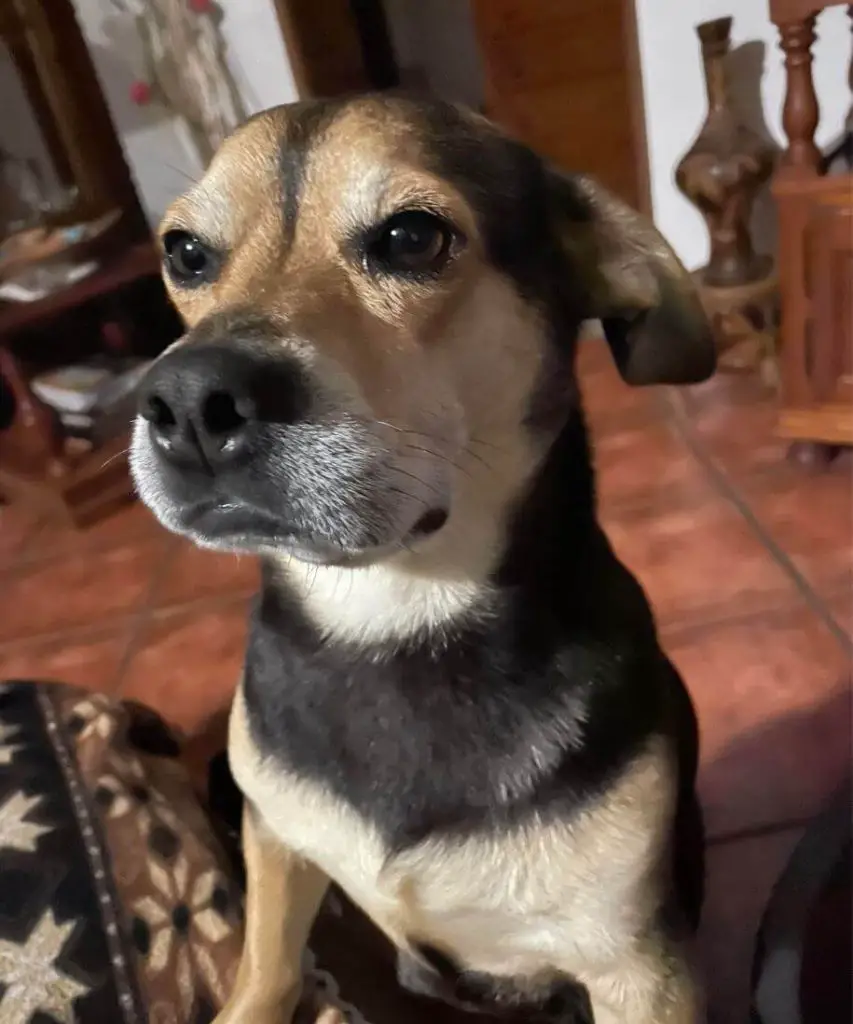Encounters with bees and wasps are not uncommon, and unfortunately, dogs are not immune to their stings. If your dog gets stung by a bee or wasp, it’s essential to take immediate action to alleviate their discomfort and prevent any potential complications. In this article, we will discuss what to do if your dog is stung by a bee or wasp, providing you with essential first aid tips to ensure your pet’s well-being.

#1 – Assess the Situation:
Before intervening, assess the severity of the situation. If your dog has been stung multiple times, is showing signs of an allergic reaction, or if the sting is located in a sensitive area (such as the mouth, throat, or eyes), it’s crucial to seek veterinary assistance immediately. These situations may require professional medical intervention.
#2 – Stay Calm:
Your dog may experience pain, swelling, or discomfort after being stung. It’s important for you to remain calm and composed to provide the necessary care. Dogs can pick up on your emotions, so staying calm will help keep your dog at ease during this time.
#3 – Locate and Remove the Stinger:
If you can see the stinger, carefully remove it to reduce the amount of venom entering your dog’s system. Use a pair of tweezers or scrape a credit card along the skin to gently dislodge the stinger. Be careful not to squeeze the stinger, as this can release more venom.
#4 – Observe for Signs of Allergic Reactions:
Monitor your dog closely for any signs of an allergic reaction, which may include excessive swelling, difficulty breathing, hives, or collapse. If you notice any of these symptoms, seek veterinary assistance immediately, as allergic reactions can be life-threatening.

#5 – Apply a Cold Compress:
To help reduce swelling and alleviate pain, apply a cold compress or ice pack wrapped in a cloth to the affected area. Be sure to place a barrier between the ice pack and your dog’s skin to prevent frostbite. Apply the compress for a few minutes at a time, with breaks in between.
#6 – Provide Comfort and Monitor:
Comfort your dog and keep them calm during their recovery. Offer reassurance and a safe, quiet space for them to rest. Monitor the affected area for any changes, such as increased swelling, redness, or signs of infection.
#7 – Consider Over-the-Counter Remedies:
If your dog is experiencing mild discomfort, you may consider using over-the-counter remedies specifically formulated for pets. Antihistamines, under the guidance of your veterinarian, can help alleviate itchiness and reduce swelling. However, always consult with your vet before administering any medications to ensure proper dosage and safety.
#8 – Prevention and Future Precautions:
To reduce the chances of future stings, take precautions when outdoors with your dog. Avoid areas with high bee or wasp activity, especially during peak seasons. Keep your dog away from flowering plants and be mindful of open food or sweet-smelling substances that may attract stinging insects.

Being stung by a bee or wasp can be a painful experience for your dog. By following these first aid tips, you can provide immediate relief and ensure their well-being. Remember to assess the situation, remove the stinger, observe for signs of allergic reactions, apply a cold compress, and provide comfort to your dog. If the situation worsens or your dog shows signs of an allergic reaction, seek veterinary assistance promptly. With your care and attention, your dog will recover and be back to their happy, playful self in no time.
